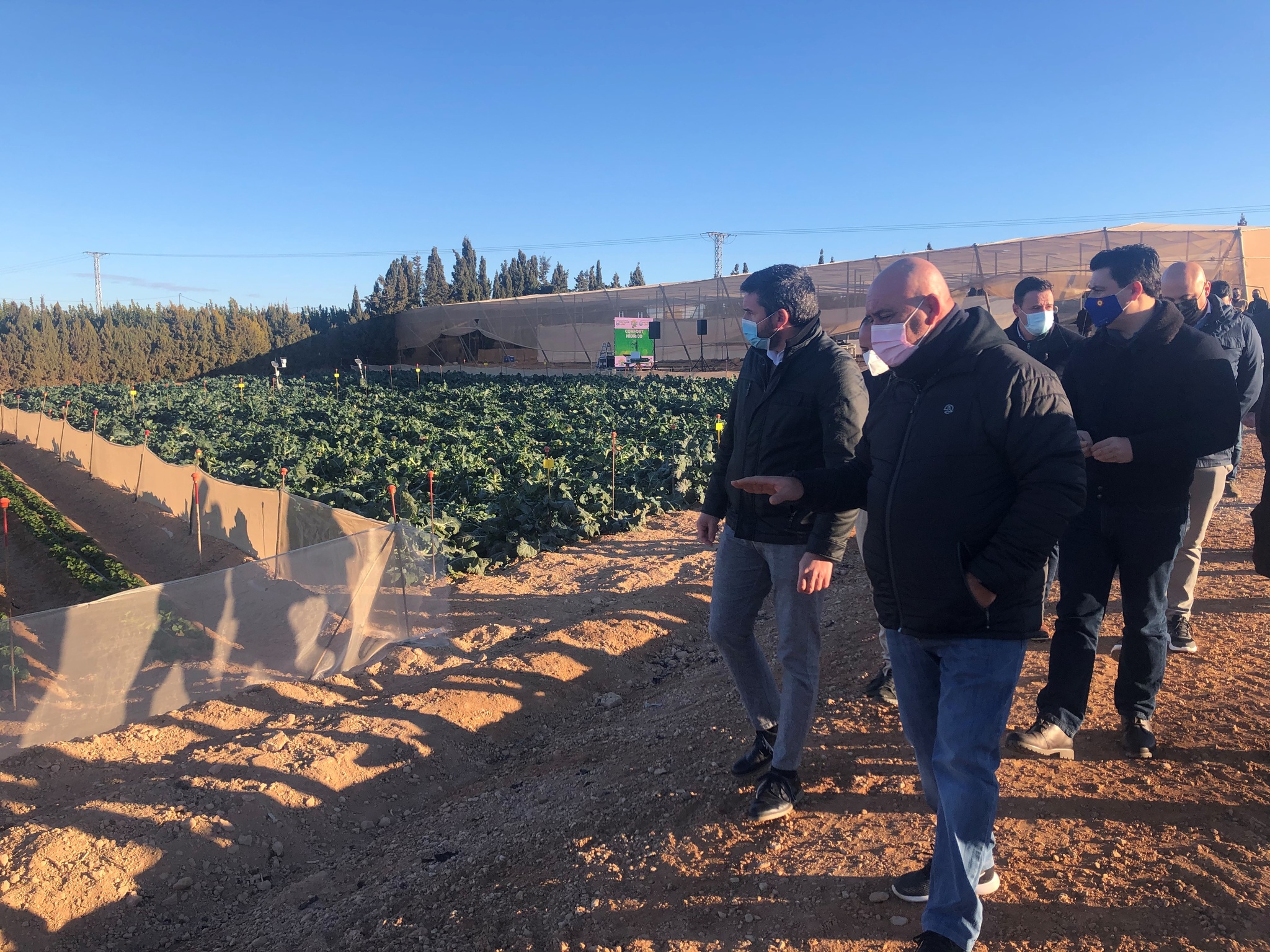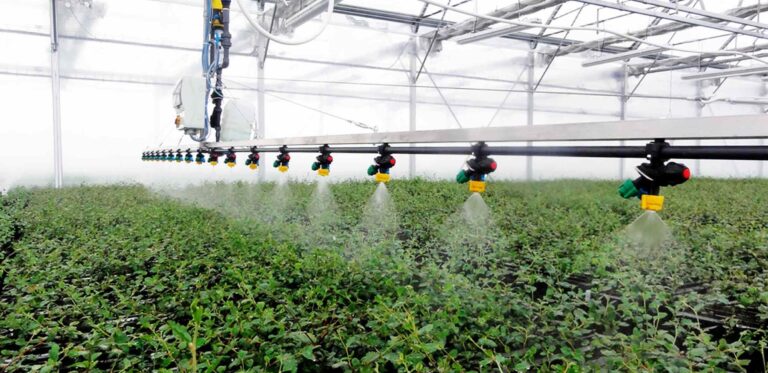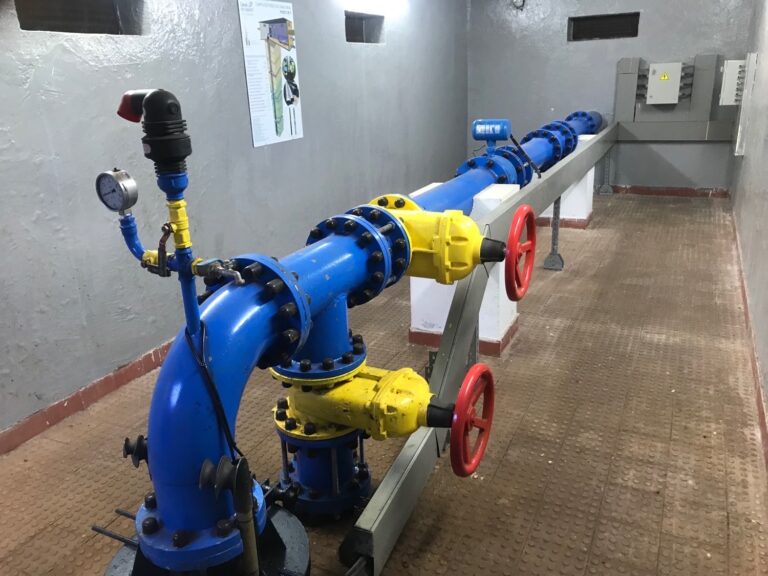Water-retaining polymers and soil sensors can reduce the average use of 30 percent of water and 25 percent of fertilisers on crops
The use of water-retaining polymers and soil sensors can reduce the average use of 30 percent of water and 25 percent of fertilisers in crops, and have an impact on reducing soil compaction by improving soil aeration.
These are the results of the ‘El Mirador’ agricultural transfer and demonstration centre study. The trial has been carried out in a plot of more than 700 square metres, in which tensiometers, flow meters, humidity and environmental sensors have also been used.
With the use of these new technologies, the Centre has obtained great results in terms of water savings, with 63 percent in celery cultivation, 32 percent in outdoor pepper cultivation, 51 percent in California peppers in greenhouses, 56 percent in Galia and Cantaloup melon cultivation, and 14 percent in potato cultivation.
The new project, called POLY-AGUA, reduces water flow, reducing evaporation and increasing water retention, thanks to the materials used, which is a new advance that is now available to farmers.
The ‘El Mirador’ agricultural demonstration centre is part of the Regional Ministry of Water, Agriculture, Livestock, Fisheries and Environment of the Region of Murcia. It carries out research projects through a cooperative, which in turn is made up of the cooperatives Gregal, Hortamira and San Cayetano.
The Autonomous Community currently has 12 agricultural demonstration centres in which educational and training activities are carried out, as well as technology transfer projects that include demonstration and knowledge transfer activities. These are organisations that form part of AgritechMurcia.








